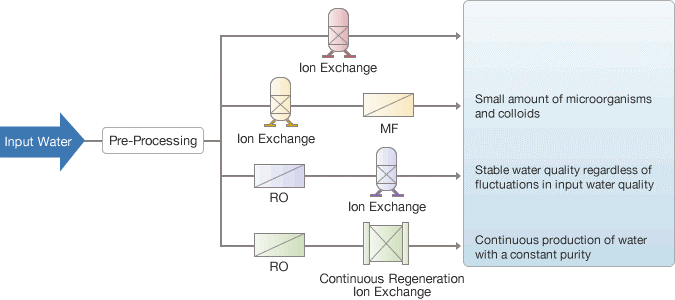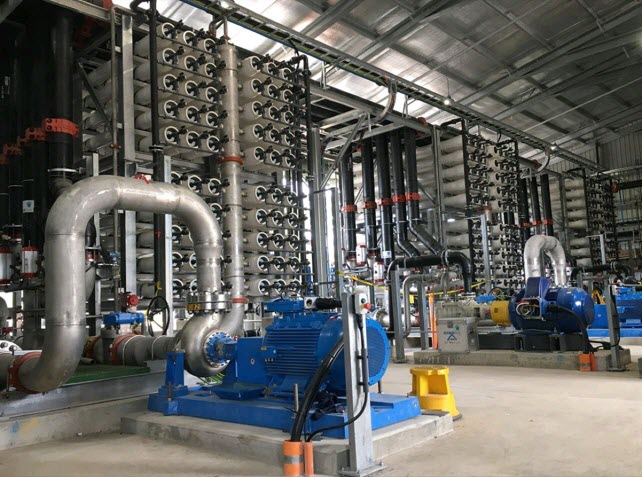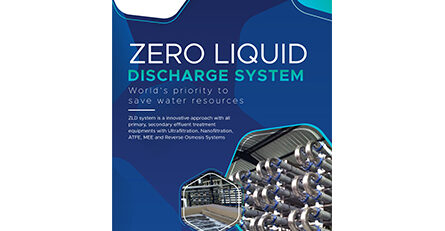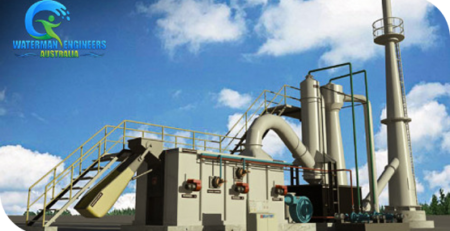How to Install a Reverse Osmosis Plant?
A reverse osmosis plant is a complex system that uses the reverse osmosis process to remove impurities and contaminants from water on a larger scale. Reverse osmosis plants are used in a variety of applications, such as drinking water treatment, industrial processes, and desalination. Installing a reverse osmosis plant may seem daunting, but with the right tools and knowledge, it is a manageable project.
Here are the steps you need to follow to install a reverse osmosis plant:
Step 1: Choose the Right Location
The location of your reverse osmosis plant is critical. Choose a location that is near a water supply, electrical connection, and drainage system. The location should also have sufficient space for the plant and any other equipment that may be required. Ensure that the location has adequate ventilation and is free from dust, debris, and other contaminants.
Step 2: Gather the Necessary Materials
Before you begin the installation process, make sure you have all the necessary materials. Here is a list of materials you will need:
- Reverse osmosis system
- Pre-treatment equipment (depending on the source water quality)
- High-pressure pump
- Pressure vessels
- Membrane modules
- Instrumentation and control equipment
- Piping and fittings
- Electrical wiring and controls
- Valves and gauges

Step 3: Install Pre-treatment Equipment
If the quality of the source water is poor, you may need to install pre-treatment equipment, such as sediment filters, carbon filters, or water softeners. This equipment is installed to protect the reverse osmosis membranes from damage and clogging.
Step 4: Install High-Pressure Pump and Pressure Vessels
The high-pressure pump is the heart of the reverse osmosis system. It is responsible for generating the pressure needed to force water through the reverse osmosis membranes. Install the high-pressure pump and connect it to the pressure vessels using piping and fittings.
Step 5: Install Membrane Modules
Install the membrane modules in the pressure vessels. The number of membrane modules required will depend on the size of your reverse osmosis plant and the amount of water you need to treat. Connect the membrane modules to the piping and fittings.

Step 6: Install Instrumentation and Control Equipment
Install the instrumentation and control equipment, such as pressure gauges, flow meters, conductivity meters, and pH meters. These instruments are used to monitor the performance of the reverse osmosis system and ensure that it is functioning correctly.
Step 7: Connect Electrical Wiring and Controls
Connect the electrical wiring and controls for the high-pressure pump and instrumentation equipment. Make sure to follow all safety guidelines and electrical codes.
Step 8: Test and Commission the Plant
Before the reverse osmosis plant can be put into operation, it must be tested and commissioned. This involves running water through the system and checking the performance of the pre-treatment equipment, high-pressure pump, pressure vessels, and membrane modules. Once the plant has been tested and commissioned successfully, it can be put into operation.
Tips for Success:
- Make sure to follow the manufacturer’s instructions for your specific reverse osmosis plant.
- Hire a professional if you are not familiar with the installation process.
- Consider having the water quality tested before and after installation to ensure that the reverse osmosis plant is performing correctly.
In conclusion, installing a reverse osmosis plant requires careful planning, preparation, and execution. By following these steps and tips, you can successfully install a reverse osmosis plant and enjoy high-quality water for your needs.











